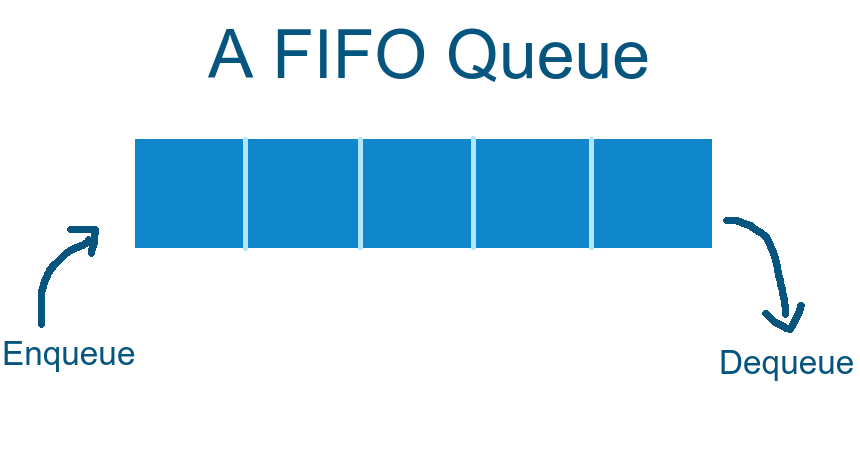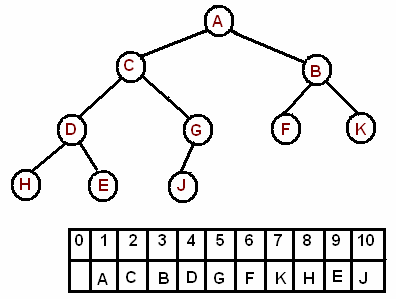Every Programmer should be Aware of These 6 Data Structures.
Every Programmer should be Aware of These 6 Data Structures.
A central aspect of
software engineering is data structures. Here are some important data
structures every programmer should know.
The road to becoming a skilled and effective programmer is challenging, but it is undoubtedly attainable. Every programming student must master data structures, and chances are you have already studied about or worked with some fundamental data structures like arrays or lists.
You should review your knowledge of data structures if you're getting ready for a job interview because interviewers frequently ask questions about them. The most significant data structures for programmers and job interviews are listed here.
1. Stack
Stacks are among the less complex data structures and are relatively straightforward to learn. A stack data structure functions in a LIFO (Last In First Out) fashion and is virtually any real-world stack (like a stack of boxes or plates).
The element you placed last will be accessed first thanks to the LIFO characteristic of stacks. In a stack, you can only access the components below the top element by popping the ones above it.
Push and pop are the two main operations on stacks. The terms push and pop are used to add and remove elements from stacks, respectively.
Additionally, they have many practical applications, therefore stack-related interview questions are frequently asked. It's very important to understand how to evaluate expressions and reverse a stack.
2. Linked List
One of the most fundamental data structures is the Linked List, which is frequently where students begin most data structures classes. Sequential data access is possible using linked lists, which are linear data structures.
The linked list's elements are kept in discrete nodes that are linked together (stored) via pointers. A linked list can be visualized as a chain of nodes connected to one another by various pointers.
Understanding the structure and implementation of the individual node is essential before we get into the specifics of the many kinds of linked lists. A linked list's nodes are linked to one another and the actual data item by at least one pointer (doubly linked list nodes have two pointers).
There are head and tail nodes in each linked list. The single pointer that directs to the subsequent node in the chain is all that a single-linked list node has. The second pointer that links to the previous node in the chain is present on doubly linked list nodes in addition to the next pointer.
A common theme in interview questions for linked lists is the addition, search, or removal of a certain element. In a linked list, insertion occurs in O(1) time, while searching and deletion, in the worst case, can take O(n) time. Linked lists are therefore not desirable.
3. Queues
In contrast to stacks, queues follow the FIFO (First In First Out) principle, allowing you to access the elements you added earlier. The queue data structure can be compared to any queue in real life, where individuals are positioned according to the order in which they arrived.
Enqueuing is the process of adding an element to a queue, and dequeuing is the process of removing an element from the beginning of the queue.
In many crucial applications, like CPU scheduling, priority queues are a fundamental application of queues. Elements are arranged in a priority queue not in the order of arrival but according to their priority.
4. Binary Trees
The most widely used subset of the family of tree data structures is called a Binary Tree, which has elements arranged in a hierarchy. A variety of other tree species are AVL, red-black, B, etc. The data element and two pointers to each child node are contained in the binary tree's nodes.
In a binary tree, each parent node can have up to two children, and each child node can have up to two parents.
Data is kept in a binary search tree (BST) in a sorted manner, with elements that have key values that are less than or equal to the parent node stored on the left and those that have key values that are greater than the parent node placed on the right.
When preparing for an interview, you should be aware of how to flatten a binary tree, seek up a certain element, and other skills because binary trees are frequently tested in interviews.
5. Heaps
Nodes in binary trees known as heaps can be organized in either ascending or descending order. In a Min Heap, the root node has the minimum value of the entire heap, and the key value of the parent is equal to or less than that of its descendants.
Similar to a Min/Max Heap, a Max Heap's root node carries the heap's maximum key value; you must maintain this property throughout the heap.
Heaps have plenty of applications due to their very efficient nature; primarily, priority queues are often implemented through heaps. They are also a core component in heapsort algorithms.
6. Hash-Table
A very effective data structure for storing data in an array format is a hash table or hash map. In a hash table, each data element is given a distinct index value, enabling quick searching and deleting.
Hashing is the process of allocating or mapping keys in a hash map. The efficiency of the hash table itself increases with the efficiency of the hash function.
Data elements are kept in each hash table as a value-index pair.
Where index is the distinctive number used to map the element into the table and value is the data to be saved. Depending on the needed efficiency of the hash table and how collisions will be handled, hash functions might be extremely complex or extremely simple.
Hash map collisions can be addressed in a variety of methods, including employing open addressing or chaining. Collisions frequently occur when a hash function outputs the same mapping for different items.
There are several uses for hash tables and hash maps, including encryption. When constant O(1) time insertion or searching is necessary, they are the go-to data structure.
Discover data structures
At first, data structures may seem difficult, but with enough practice, they become simple as pie.
They are an essential component of programming, and you will need to use them in practically all projects. It is crucial to understand the best data structure to use in a certain situation.






0 Response to "Every Programmer should be Aware of These 6 Data Structures."
Post a Comment